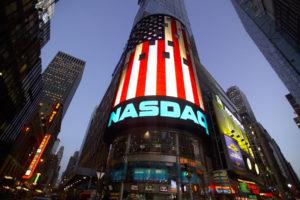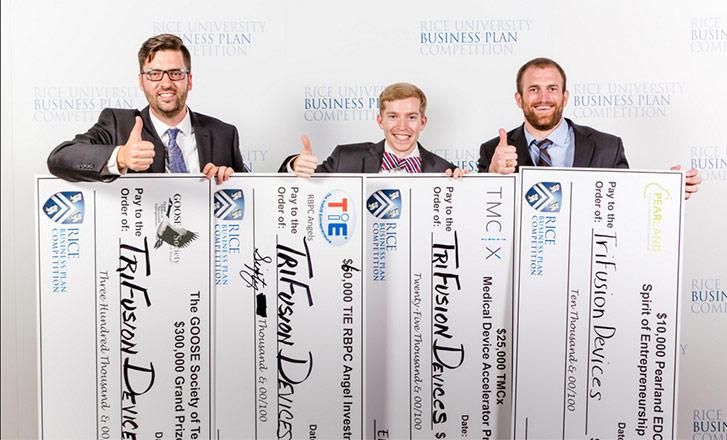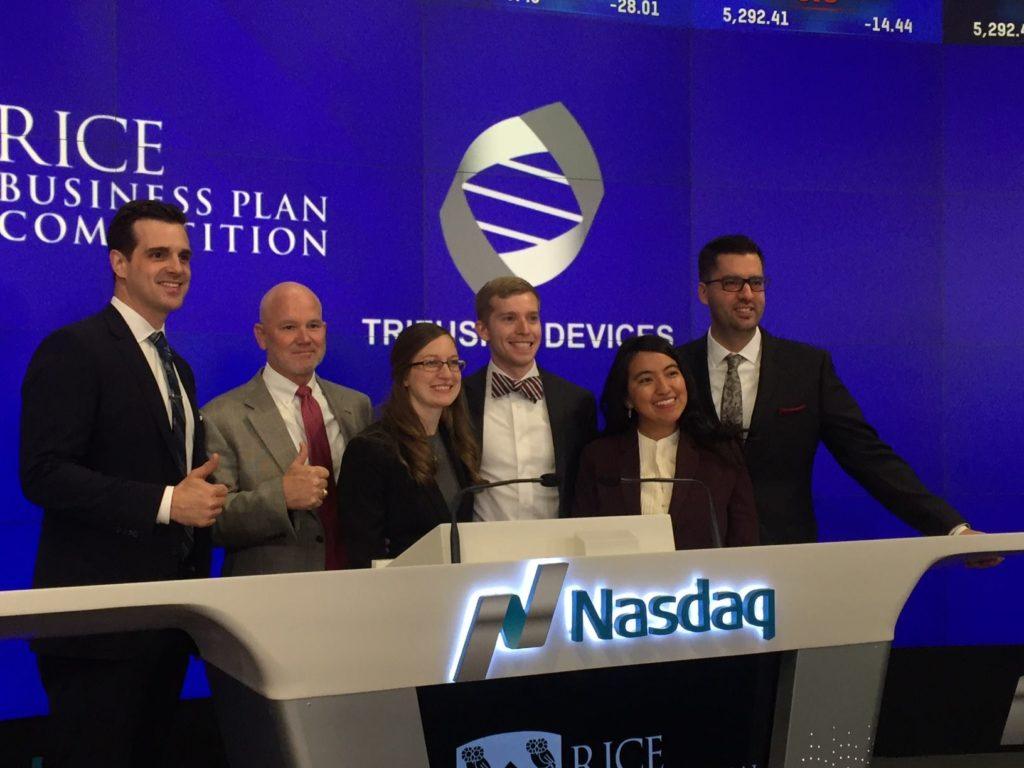NASDAQ Stock Market Opens to Sound of a Bell Rung by 3D Printed Medical Device Startup TriFusion Devices
 There may be no better metaphor for the way 3D printing and robotics are changing the economy than the ceremonial participation by frontier tech companies – and in some cases, the technology itself – in national stock markets. In April, the Amsterdam Stock Exchange opened its morning ceremonies with a bell rung by a 3D printed robot designed by a group of students. It seemed to be a foreshadowing of the technology-driven, youth-dominated economy of the future, a nod to the important role STEM education is already playing in the new industrial revolution.
There may be no better metaphor for the way 3D printing and robotics are changing the economy than the ceremonial participation by frontier tech companies – and in some cases, the technology itself – in national stock markets. In April, the Amsterdam Stock Exchange opened its morning ceremonies with a bell rung by a 3D printed robot designed by a group of students. It seemed to be a foreshadowing of the technology-driven, youth-dominated economy of the future, a nod to the important role STEM education is already playing in the new industrial revolution.
This morning, the NASDAQ Stock Market in New York opened to the sound of a bell rung by members of TriFusion Devices, a startup created by students from Texas A&M University. The company, which manufactures 3D printed prosthetic devices, was launched through the university’s business incubator and accelerator, Startup Aggieland, and has gone on to win numerous startup competitions, fueling their rapid growth and advancement into the increasingly competitive 3D printed medical devices market.
 One of those competitions, the Rice Business Plan Competition (RBPC), carried with it the honor of ringing the opening bell at the NASDAQ Stock Market. TriFusion’s co-founders, Blake Teipel and Brandon Sweeney, did the honors, accompanied by representatives from RBPC and Texas A&M.
One of those competitions, the Rice Business Plan Competition (RBPC), carried with it the honor of ringing the opening bell at the NASDAQ Stock Market. TriFusion’s co-founders, Blake Teipel and Brandon Sweeney, did the honors, accompanied by representatives from RBPC and Texas A&M.
“We are grateful for the support, guidance, and encouragement that we’ve received from the Texas A&M University and Rice University programs,” said Teipel. “The experience and coaching we have received as we’ve launched our venture have proven immensely valuable to our success.”
In addition to the opportunity to participate in the NASDAQ opening ceremonies, TriFusion Devices also received a grand prize package worth nearly $400,000 from RBPC, including an investment of more than $300,000 from the GOOSE (Grand Order of Successful Entrepreneurs) Society of Texas; $25,000 worth of marketing and design services provided by BrandExtract and the Padgett Group; website development and hosting services for one year provided by ContentActive; treasury services from Bank of America; and business plan software from Palo Alto Software.
To win RBPC, TriFusion Devices had to compete with 42 teams from top universities around the world in an intense three-day competition. Since the competition was begun in 2001, more than 161 competitors have gone on to successfully launch companies that are still in business today, while another 15 have successfully sold their businesses.TriFusion Devices is a deserving winner, and the future looks bright for them and their patent-pending technology. The company has the potential to cause a big shift in the way prosthetic devices are produced; their process, which involves a unique thermal welding technology to fuse 3D printed parts together, allows for extremely strong prosthetics to be completed in as little as 48 hours – for a lot less cost than other methods of production.
The company plans to open a manufacturing production facility in Texas in the next few months. The livestreamed ringing of the NASDAQ bell this morning signified not only the start of a new day of trading, but the continuing rise of a promising startup and the further advancement of 3D technology in the medical world. Discuss further in the Trifusion Devices forum over at 3DPB.com.
Subscribe to Our Email Newsletter
Stay up-to-date on all the latest news from the 3D printing industry and receive information and offers from third party vendors.
You May Also Like
Gorilla Sports GE’s First 3D Printed Titanium Cast
How do you help a gorilla with a broken arm? Sounds like the start of a bad joke a zookeeper might tell, but it’s an actual dilemma recently faced by...
Nylon 3D Printed Parts Made More Functional with Coatings & Colors
Parts 3D printed from polyamide (PA, Nylon) 12 using powder bed fusion (PBF) are a mainstay in the additive manufacturing (AM) industry. While post-finishing processes have improved the porosity of...
$25M to Back Sintavia’s Largest Expansion of Metal 3D Printing Capacity Since 2019
Sintavia, the digital manufacturing company specializing in mission-critical parts for strategic sectors, announced a $25 million investment to increase its production capacity, the largest expansion to its operations since 2019....
Velo3D Initiates Public Offering in a Bid to Strengthen Financial Foundations and Drive Future Growth
Velo3D (NYSE: VLD) has been among a number of publicly traded 3D printing firms that have attempted to weather the current macroeconomic climate. After posting a challenging financial report for 2023,...
































